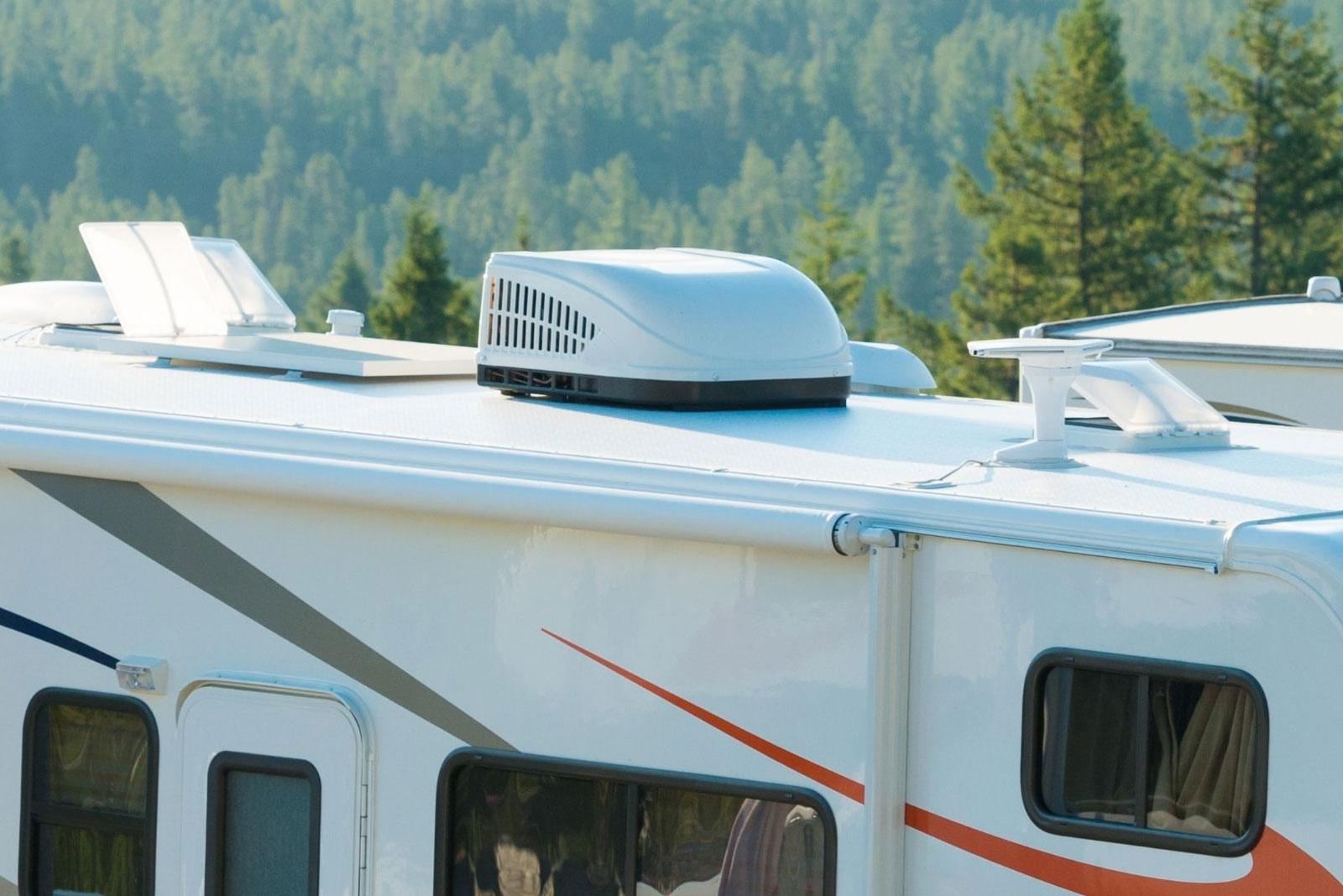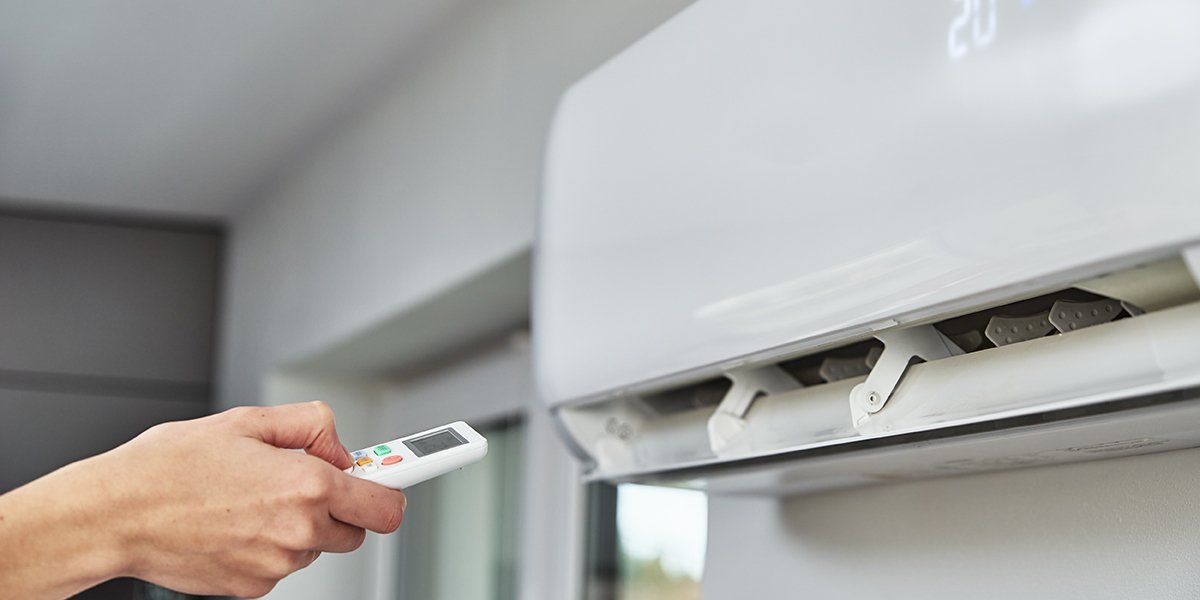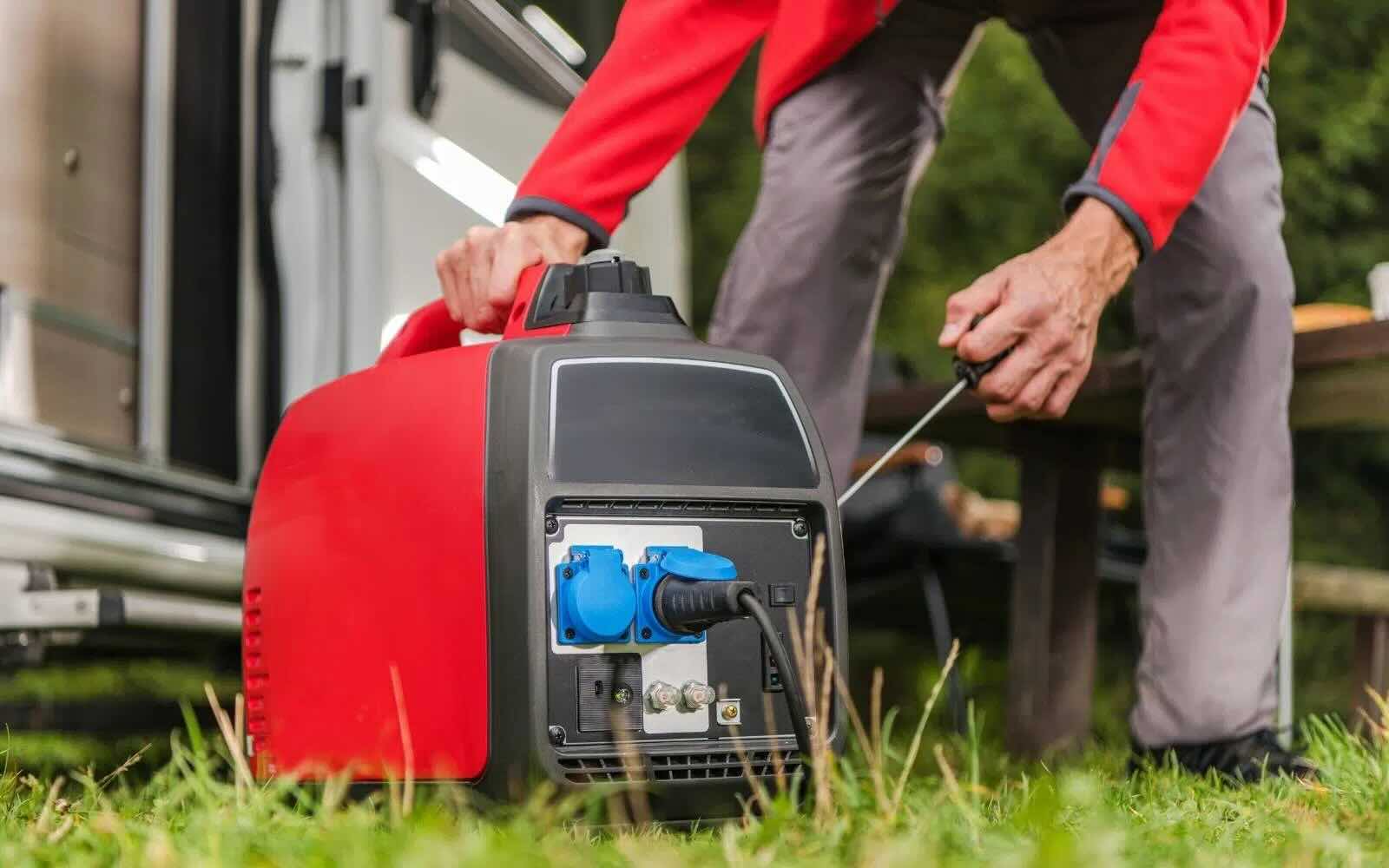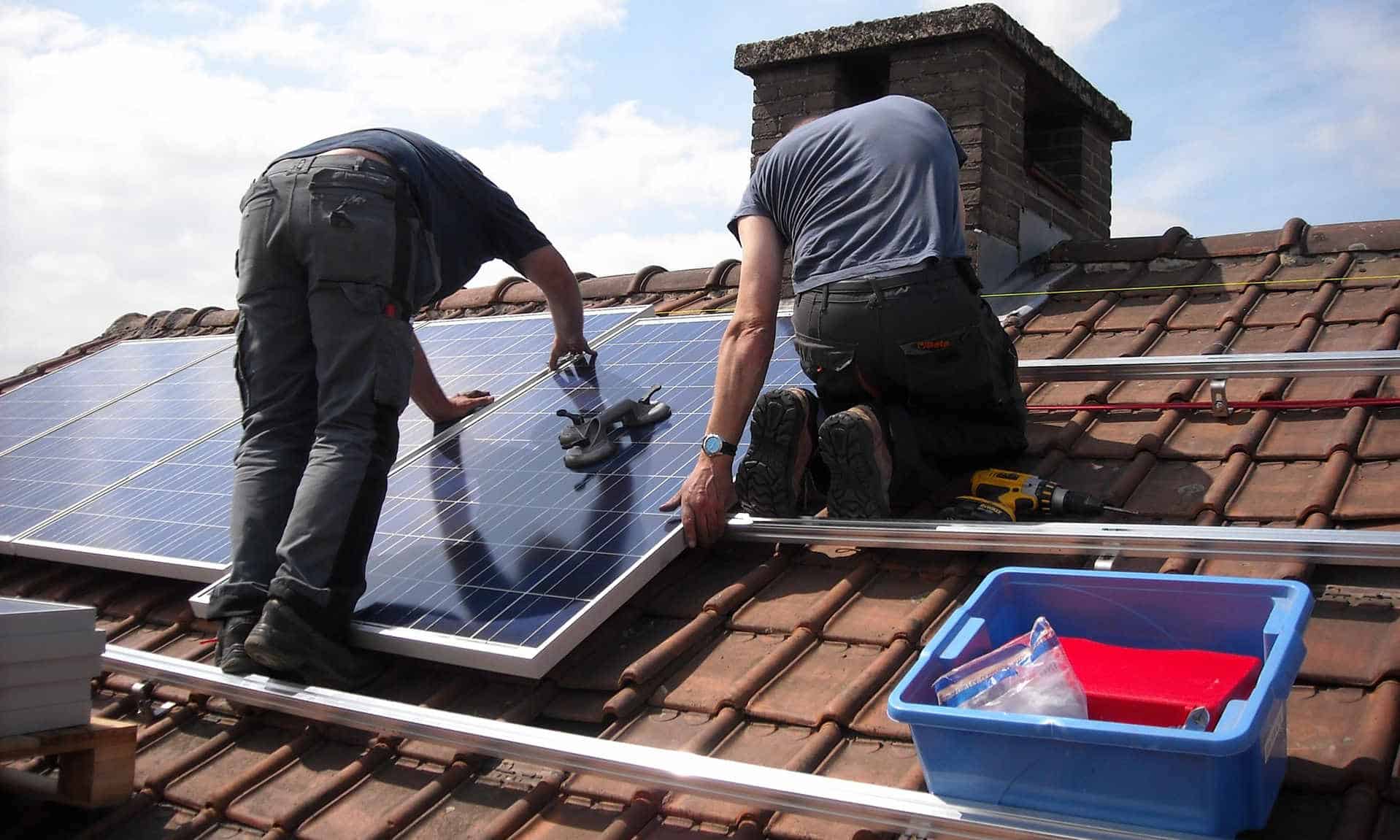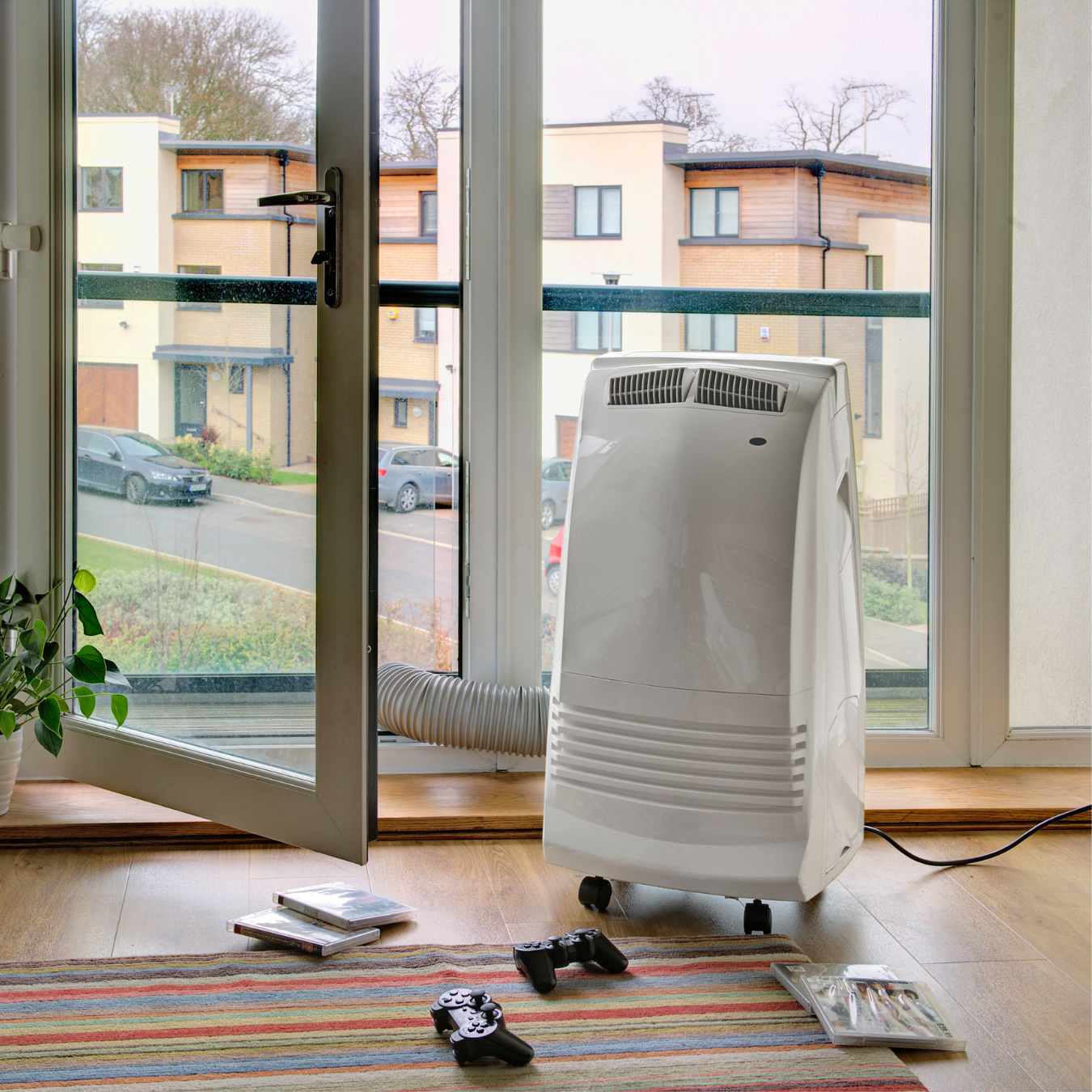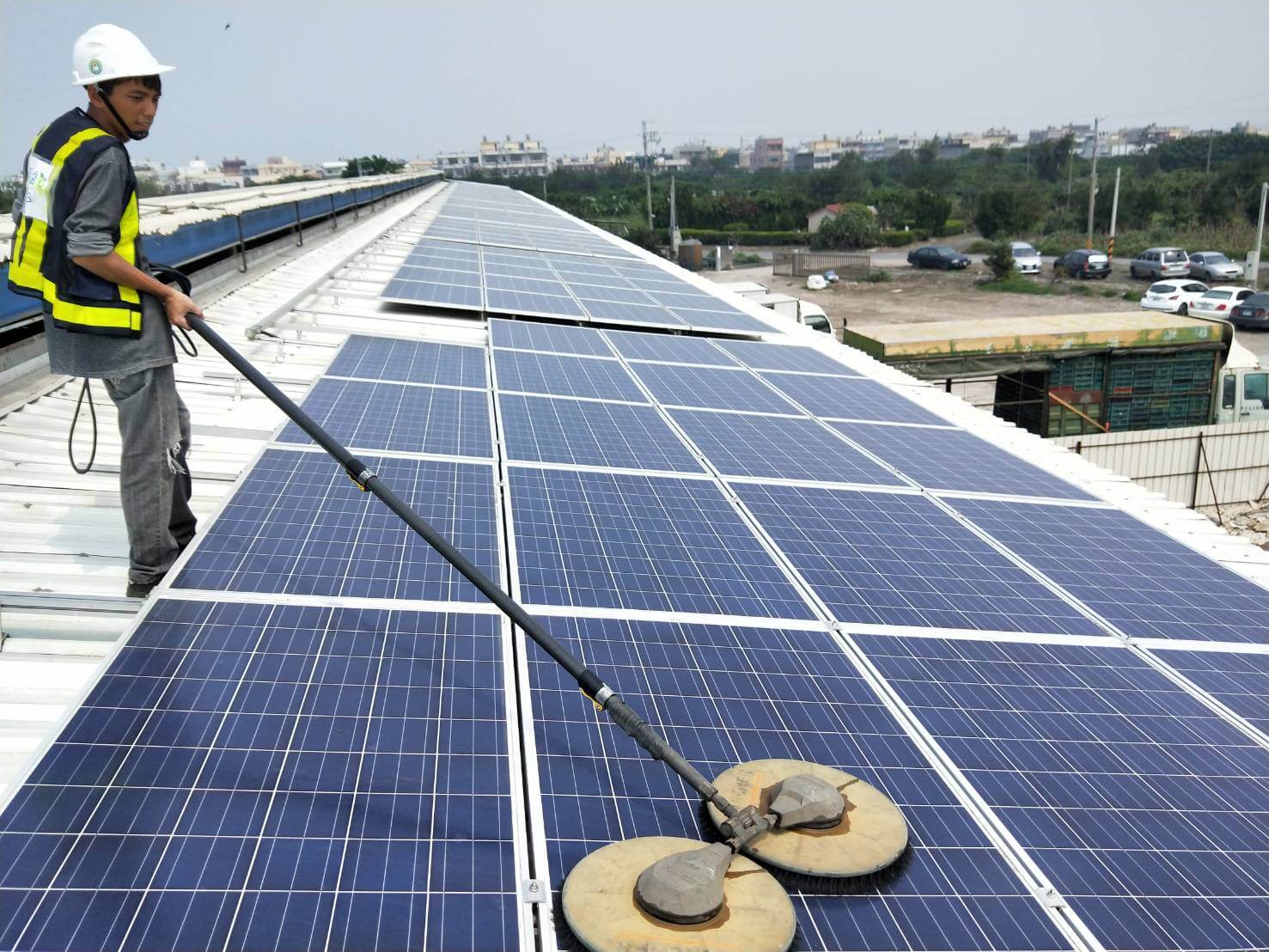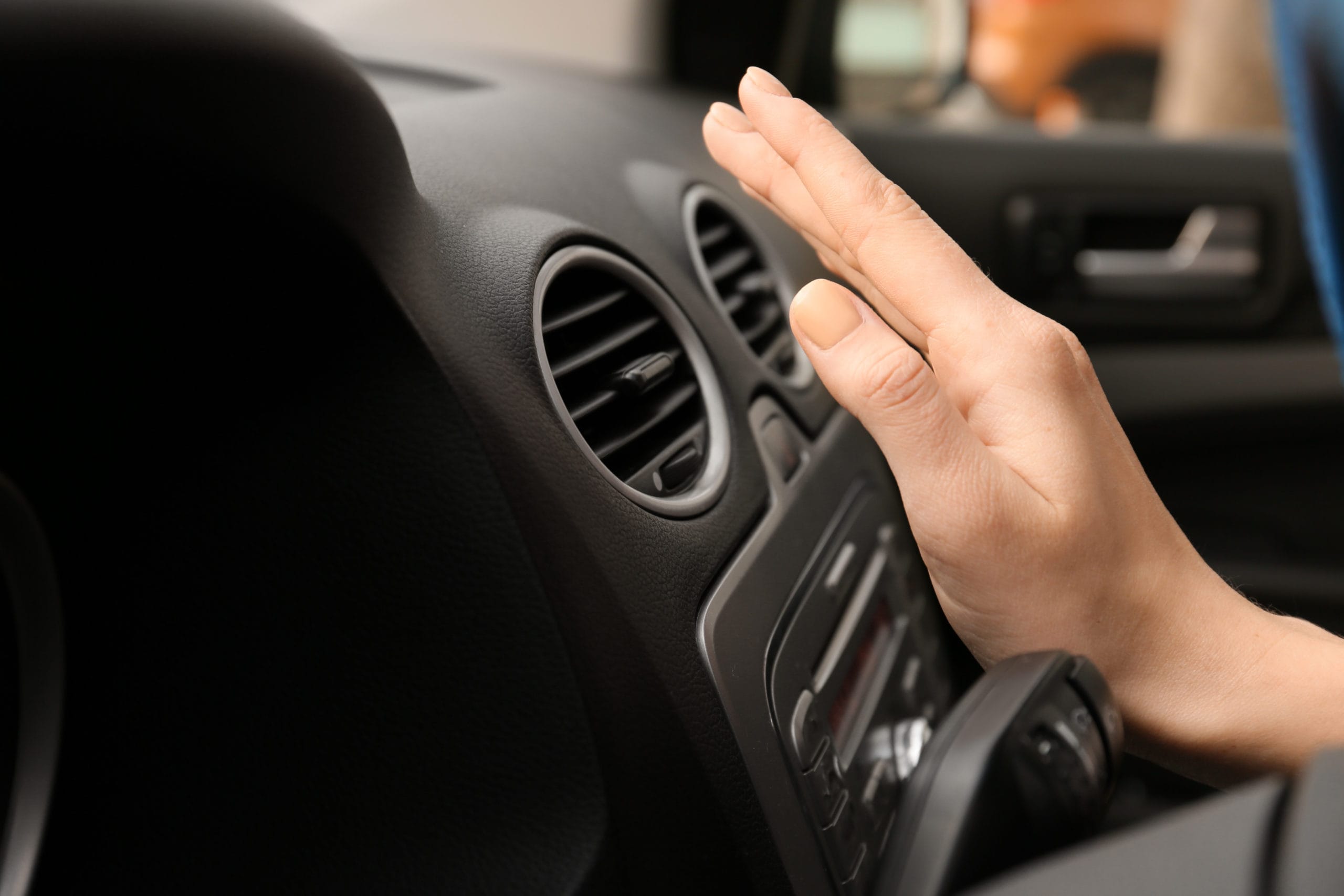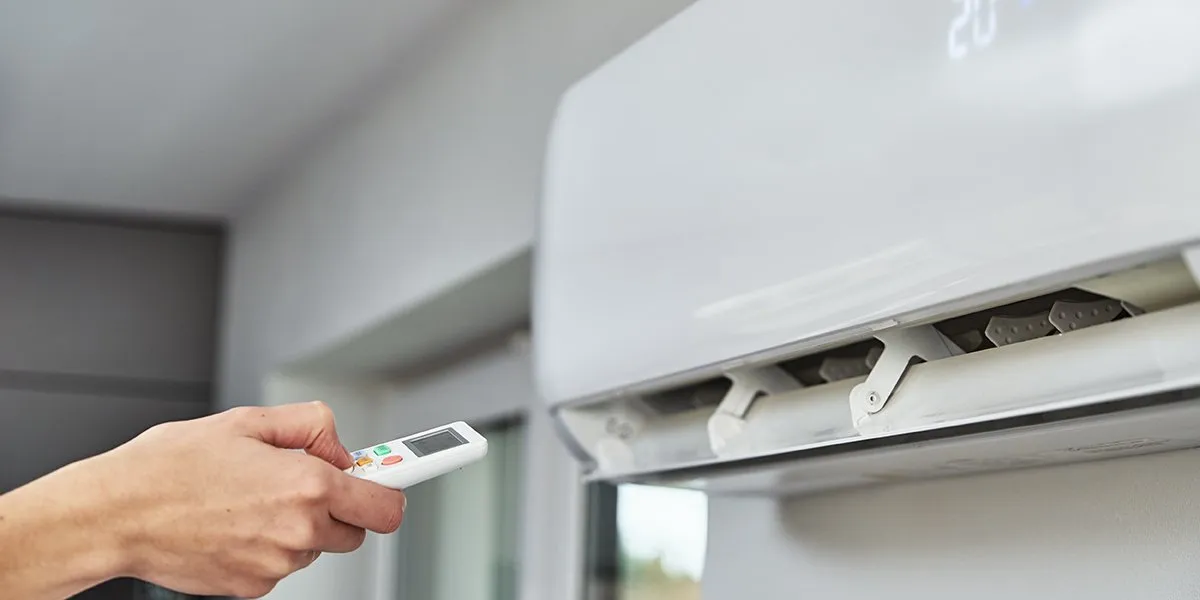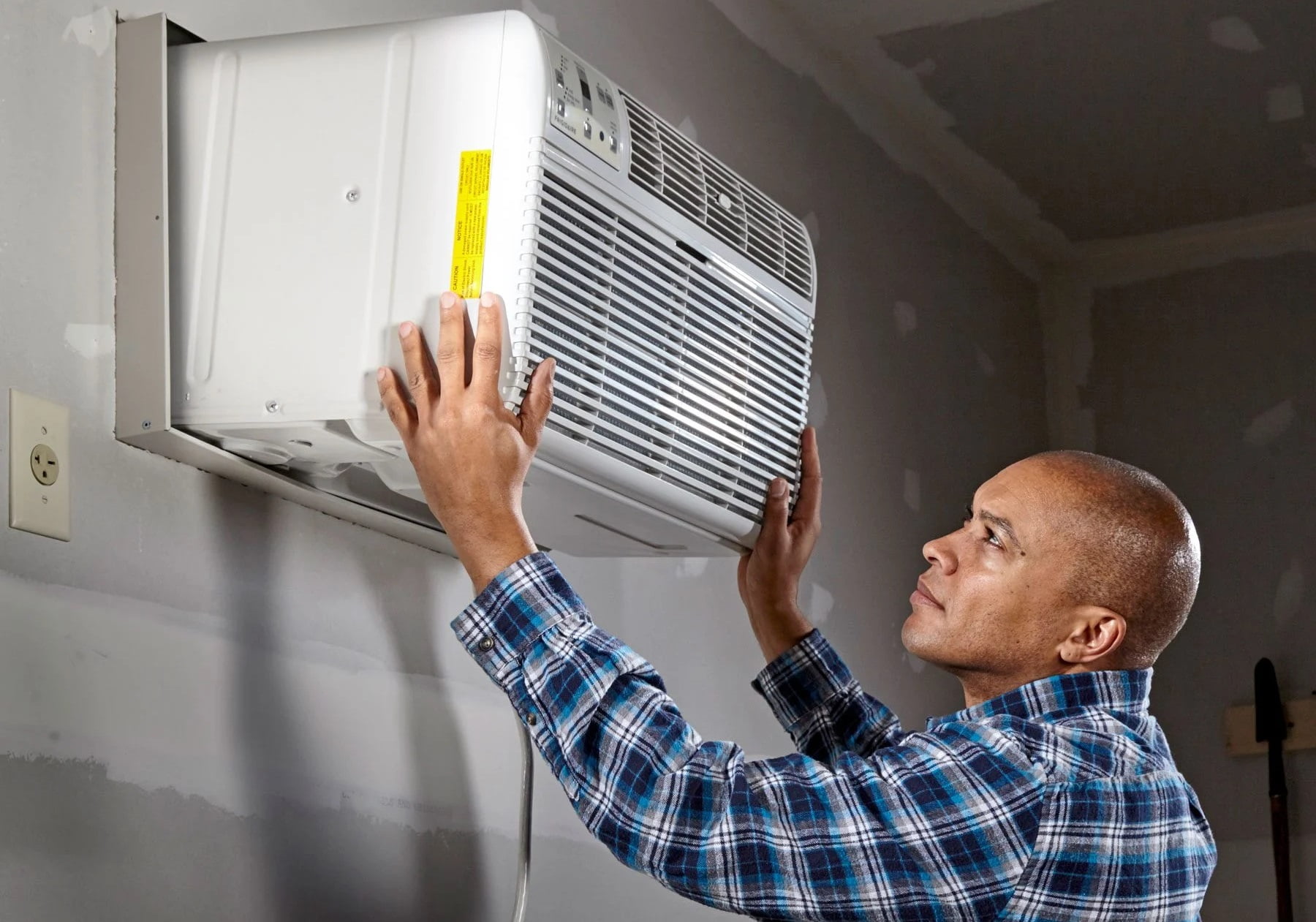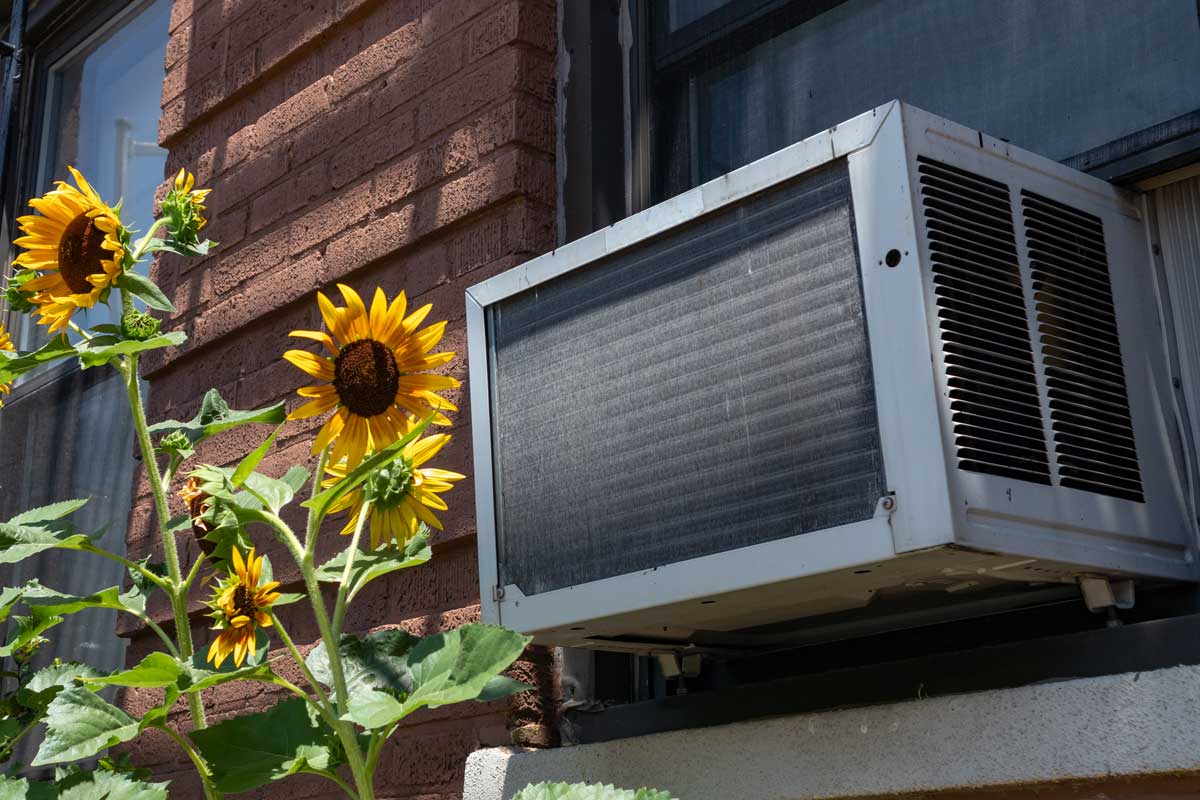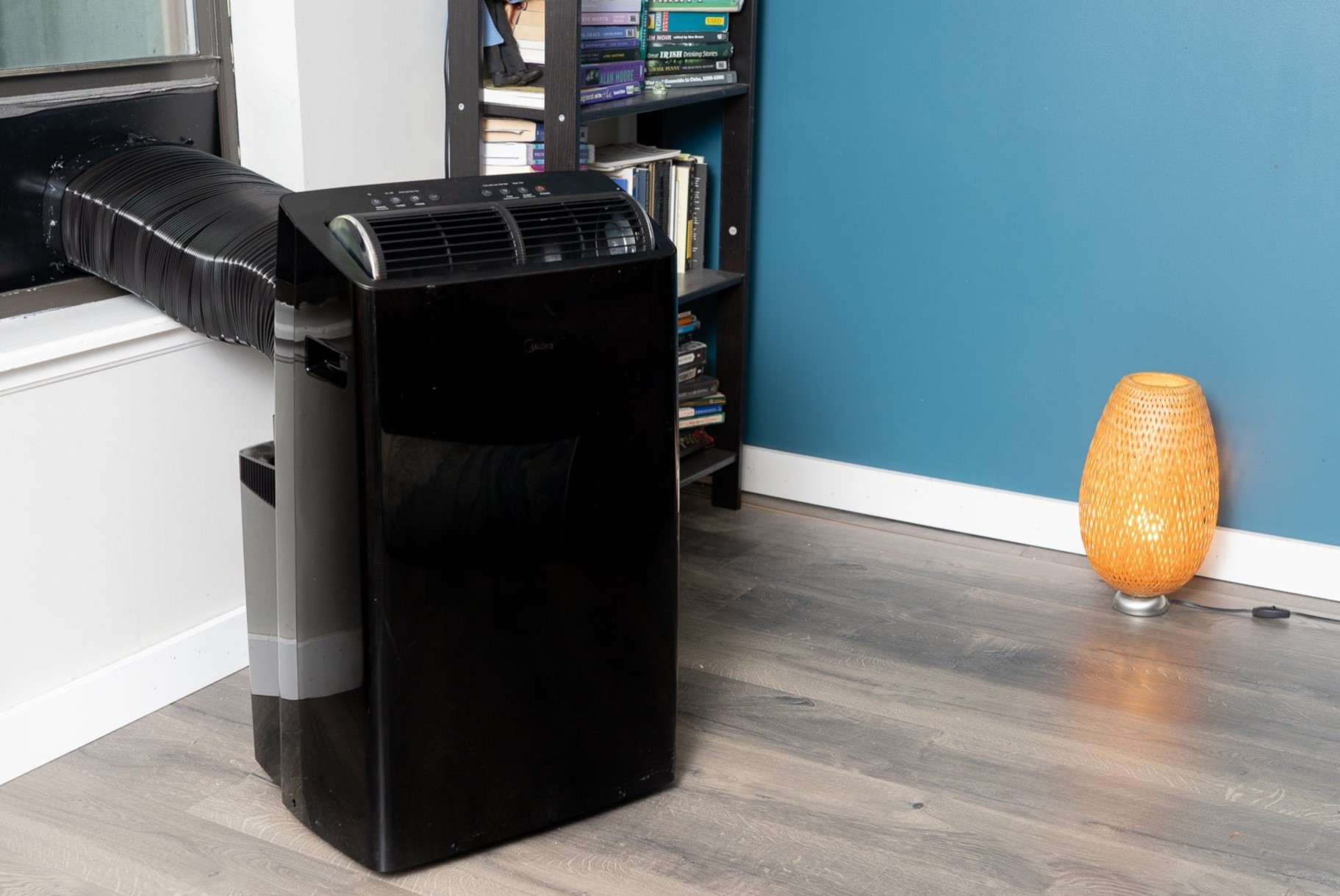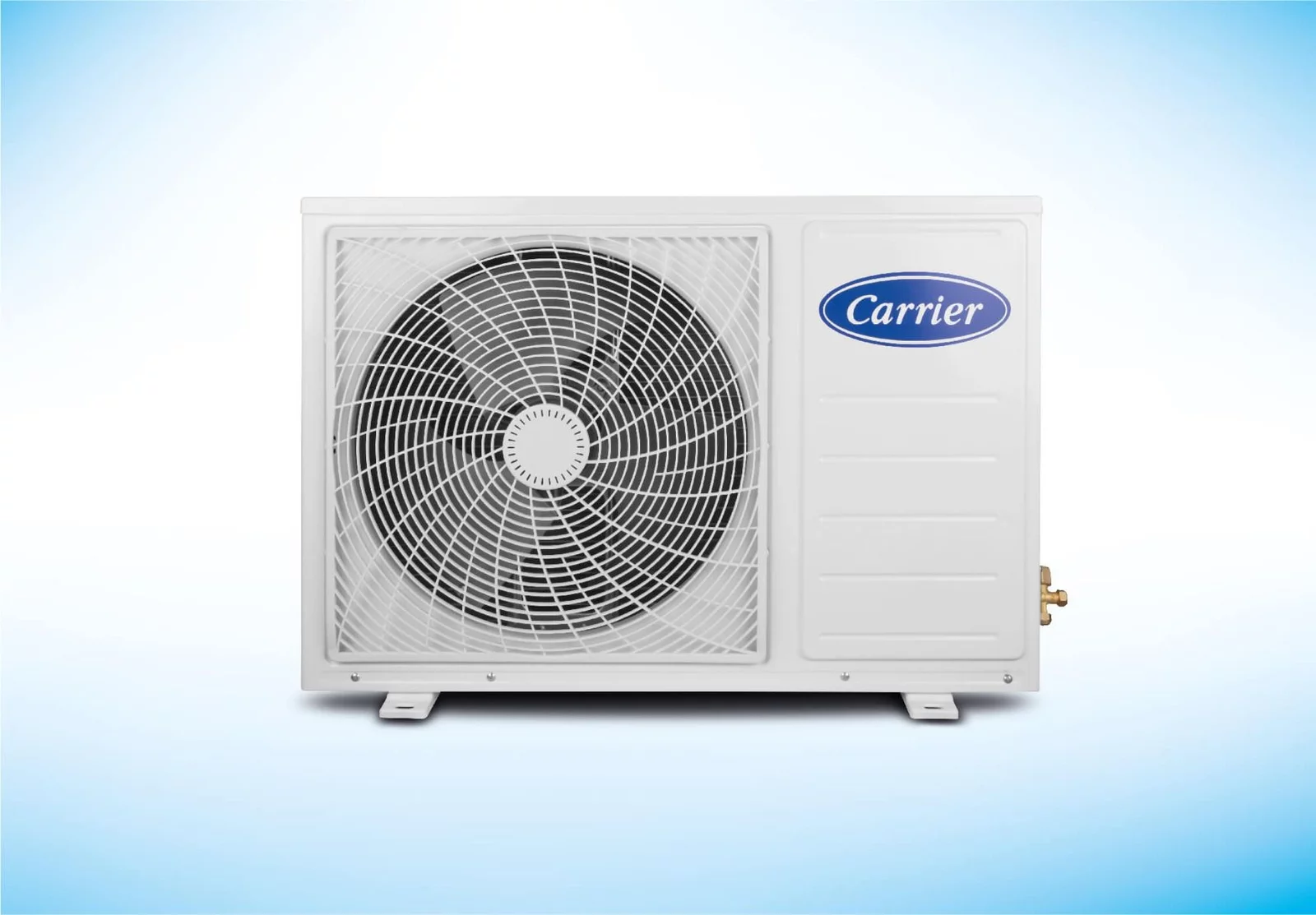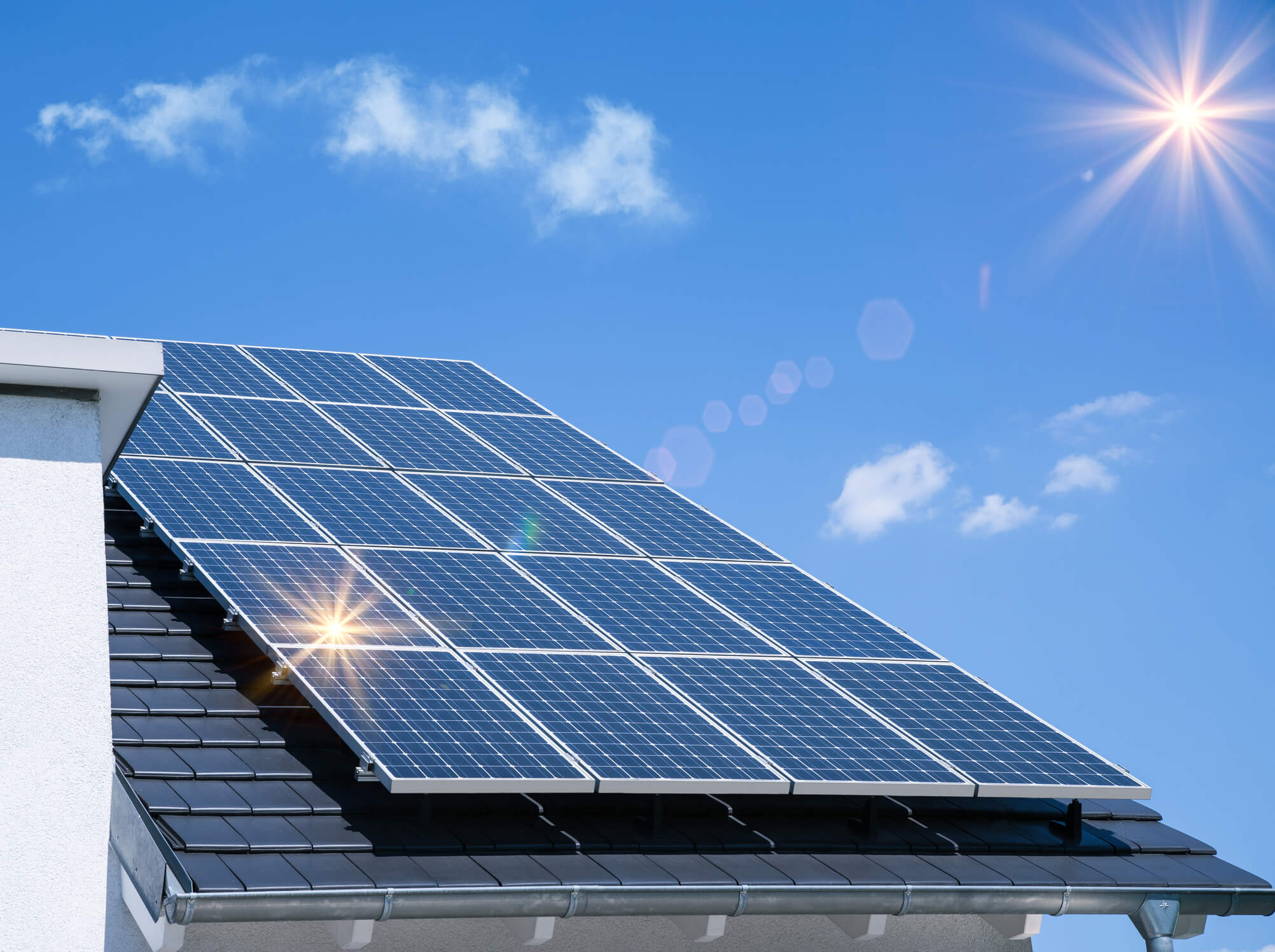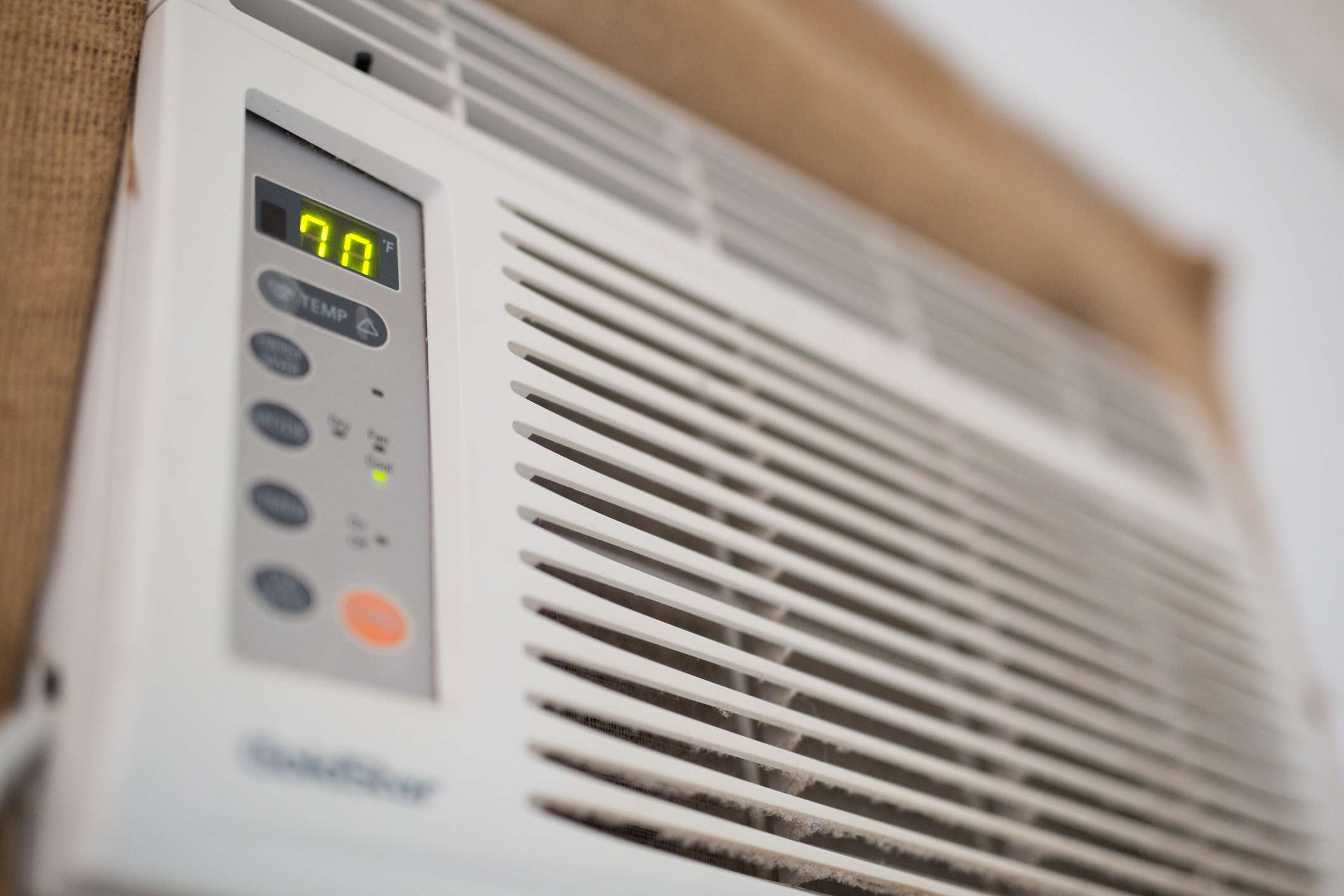Home>Home Maintenance>How Many Solar Panels To Run An Air Conditioner
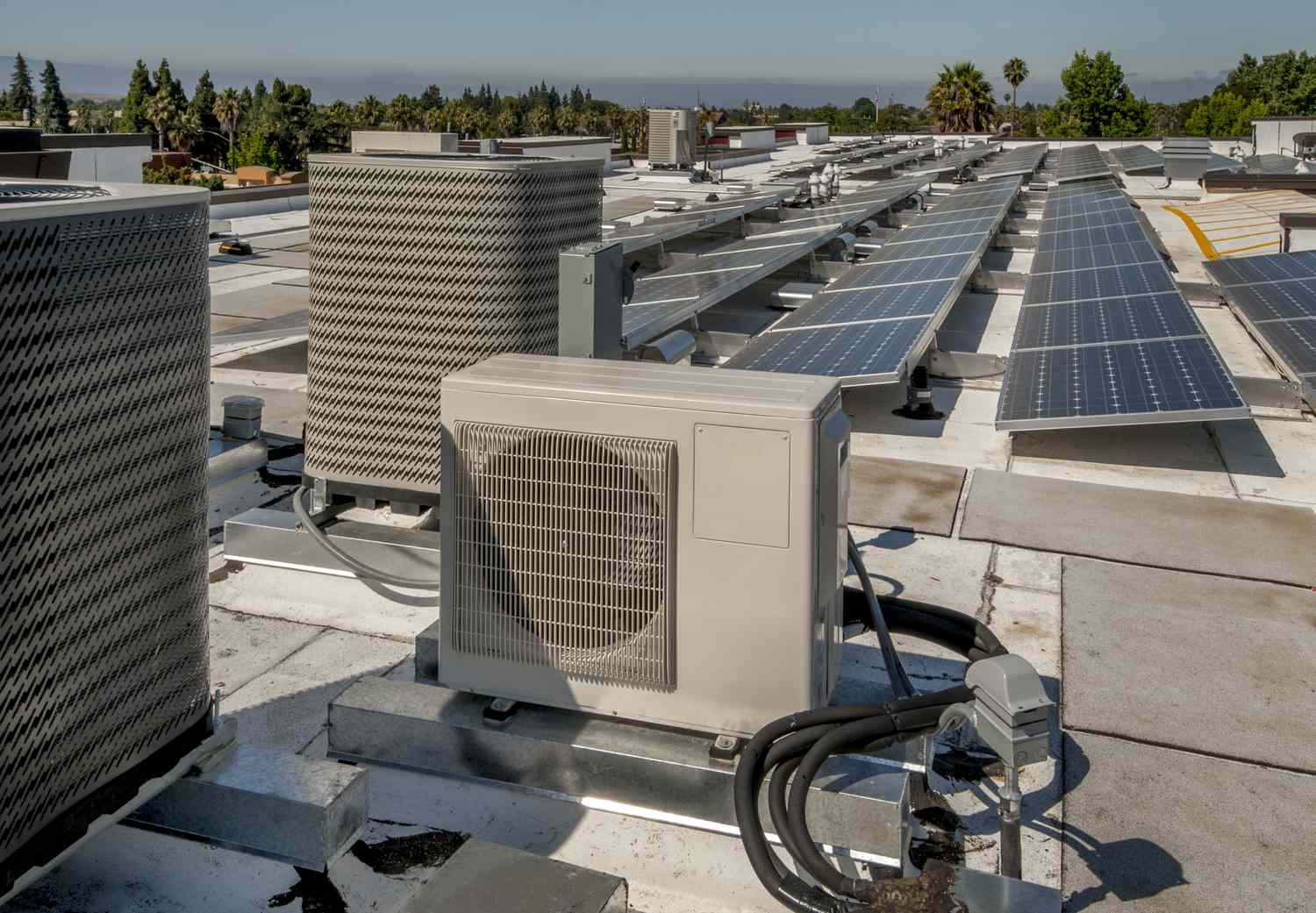

Home Maintenance
How Many Solar Panels To Run An Air Conditioner
Modified: August 17, 2024
Discover how many solar panels you need to power your air conditioner and reduce your energy bills with our expert home maintenance tips.
(Many of the links in this article redirect to a specific reviewed product. Your purchase of these products through affiliate links helps to generate commission for Storables.com, at no extra cost. Learn more)
Introduction
In the scorching summer months, keeping your home cool and comfortable is a top priority. However, running an air conditioner can significantly increase your energy bills, not to mention the environmental impact of traditional energy sources. This is where solar power comes in as a sustainable and cost-effective solution.
Utilizing solar panels to power your air conditioner is not only a great way to reduce your carbon footprint but also to save money in the long run. By harnessing the abundant energy from the sun, you can enjoy a cool and comfortable home without relying solely on grid electricity.
But how many solar panels do you actually need to run an air conditioner effectively? In this article, we will explore the various factors to consider and guide you through the process of determining the right number of solar panels for your specific air conditioning needs.
Key Takeaways:
- Harness the sun’s energy to power your air conditioner and save money in the long run. Consider factors like energy efficiency, solar panel output, and future expansion to determine the right number of panels for your needs.
- Transitioning to solar power not only reduces your reliance on grid electricity but also contributes to a greener, more sustainable future. Evaluate your energy consumption and solar panel capacity to effectively power your air conditioner.
Read more: How Many Solar Panels To Run Hot Tub
Factors to Consider
Before calculating the number of solar panels you need to power your air conditioner, it’s important to take several factors into consideration. These factors will help determine the overall energy requirements and ensure you choose the right solar system.
- Energy Efficiency of Your Air Conditioner: The first factor to consider is the energy efficiency of your air conditioner. Energy-efficient models require less power to cool your home, reducing the overall energy demand and the number of solar panels you’ll need.
- Climate and Sunlight Availability: The climate and sunlight availability in your area play a crucial role in the performance of your solar panels. Regions with more sunlight will generate more solar energy, allowing you to potentially use fewer panels.
- Power Consumption Patterns: Analyze your power consumption patterns to determine the average energy usage of your air conditioner. Consider peak usage times, thermostat settings, and any other factors that may affect the overall energy consumption.
- System Efficiency: The overall efficiency of your solar system, including the efficiency of the solar panels, the inverter, and other components, affects the amount of energy delivered to power your air conditioner. Opting for high-quality, efficient components will maximize the energy output.
- Battery Storage: If you plan to use battery storage to store excess solar energy for later use, you will need to factor in the capacity of the batteries and how long you want to power your air conditioner when the sun is not shining.
- Future Energy Needs: Consider your future energy needs and whether you plan to expand your solar capacity to power additional appliances or support an electric vehicle. This will influence the number of panels you install initially.
By evaluating these factors, you can get a better understanding of your energy requirements and make an informed decision about the number of solar panels needed to run your air conditioner efficiently.
Energy Consumption of an Air Conditioner
Understanding the energy consumption of your air conditioner is crucial in determining the number of solar panels needed to power it. Air conditioner energy consumption is typically measured in British Thermal Units (BTUs) or kilowatt-hours (kWh).
The energy consumption of an air conditioner depends on several factors, such as the size and efficiency rating of the unit, the desired temperature, and the duration of operation. Generally, the higher the BTU rating or the longer the unit runs, the more energy it will consume.
To get an idea of your air conditioner’s energy consumption, refer to the appliance’s Energy Efficiency Ratio (EER) or Seasonal Energy Efficiency Ratio (SEER) ratings. These ratings indicate the cooling capacity in relation to the energy consumed. Higher EER or SEER ratings indicate greater energy efficiency and lower energy consumption.
For example, a typical window air conditioner might have an EER of 10, meaning it consumes 1 kilowatt-hour of electricity for every 10,000 BTUs of cooling. Multiply this by the number of hours you expect your air conditioner to run each day to estimate the total daily energy consumption.
It’s worth noting that air conditioners have different energy consumption levels in cooling mode and standby mode. While the cooling mode accounts for the majority of energy consumption, standby mode still consumes a small amount of energy to power essential functions like the thermostat and timer.
By understanding the energy consumption of your air conditioner, you can better gauge the number of solar panels required to generate enough electricity to power it and offset the energy consumption from the grid.
Power Output of Solar Panels
The power output of solar panels is a crucial factor in determining how many panels you’ll need to run an air conditioner effectively. Solar panels generate electricity through the photovoltaic (PV) effect, which converts sunlight into usable electrical energy.
The power output of a solar panel is measured in wattage and is commonly referred to as the panel’s wattage rating. The wattage rating indicates the maximum power that a solar panel can produce under standard test conditions, typically at a temperature of 25 degrees Celsius (77 degrees Fahrenheit) and a specific intensity of solar radiation.
The wattage ratings of solar panels can range from as low as 100 watts to as high as 400 watts or more for larger, high-efficiency panels. The power output of a solar panel is influenced by various factors, including the size and number of solar cells, the efficiency of the panel’s electrical components, and the quality of the manufacturing process.
It’s important to note that the actual power output of a solar panel may vary based on real-world conditions, such as the angle and orientation of the panels, shading, temperature, and weather patterns. Taking these factors into account, it’s recommended to calculate the average power output over a year rather than relying solely on the maximum wattage rating.
When determining the number of solar panels needed to power an air conditioner, consider the power consumption of the unit as well as the power output of the solar panels. Intuitively, if your air conditioner consumes more power, you will need a greater number of solar panels to generate enough electricity to meet the demand.
Remember, the power output of solar panels will influence both the number of panels needed and their arrangement to maximize energy production. By understanding the wattage rating of solar panels, you can estimate the capacity and number of panels required to effectively power your air conditioner with solar energy.
Consider the power consumption of your air conditioner and the average output of a solar panel. A typical 1.5-ton AC unit may require 1,500-2,000 watts, so you’ll need several panels to cover that load.
Calculating the Number of Solar Panels Needed
Calculating the number of solar panels needed to power your air conditioner requires taking into account the energy consumption of the air conditioner and the power output of the solar panels. Here’s a step-by-step process to help you estimate the number of panels required:
- Determine the Energy Consumption: Start by determining the energy consumption of your air conditioner in kilowatt-hours (kWh) per day. Refer to the manufacturer’s specifications or use an energy meter to measure the actual energy usage over a period of time.
- Calculate Daily Solar Energy Generation: Determine the average daily solar energy generation in kilowatt-hours that you can expect from your location. This can be obtained from solar resource maps or solar panel performance calculators, taking into account factors such as sunlight availability and climate conditions.
- Consider Efficiency Losses: Take into account efficiency losses due to factors like shading, dust, temperature, and system inefficiencies. This will help you account for any reduction in the effective energy output of your solar panels.
- Calculate the Number of Panels: Divide the daily energy consumption of your air conditioner by the daily solar energy generation, taking into account efficiency losses. This will give you an estimate of the number of solar panels needed to generate enough electricity to power your air conditioner.
- Consider System Capacity: Determine the capacity of each solar panel and the total capacity needed based on your energy consumption requirements. Keep in mind that solar panels with higher wattage ratings generally require less physical space and can generate more power in the same amount of sunlight.
- Account for Future Expansion: If you have plans to expand your solar capacity in the future or add more appliances, consider installing a slightly larger system to accommodate the increased energy demand.
It’s important to consult with a solar installer or use online calculators specifically designed for solar panel calculations to get a more accurate estimate of the number of panels needed for your specific situation.
By following these steps and considering the energy consumption of your air conditioner and the power output of the solar panels, you can determine the appropriate number of panels required to effectively power your air conditioner using solar energy.
Read more: What Solar Panels Can Run An Outdoor Camera
Other Considerations
When it comes to using solar panels to power your air conditioner, there are a few additional factors to consider to ensure optimal performance and efficiency:
- Roof Space: Evaluate the available roof space to determine how many solar panels can be installed. Consider any obstructions, such as chimneys or vents, as well as the orientation and tilt of the roof for maximum solar exposure.
- Inverter Capacity: The inverter converts the direct current (DC) electricity produced by the solar panels into usable alternating current (AC) electricity. Ensure that the inverter capacity is sufficient to handle the power output of the solar panels and the energy demand of your air conditioner.
- Building Permits and Regulations: Check with your local authorities and consult with a professional to ensure compliance with building permits and regulations for installing solar panels. It’s important to adhere to safety guidelines and any specific requirements in your area.
- Maintenance and Cleaning: Solar panels require periodic maintenance and cleaning to ensure optimal performance. Consider the accessibility and ease of cleaning the panels, as well as any additional maintenance requirements, such as inspecting wiring or replacing components.
- Professional Installation: While it’s possible to install solar panels yourself, it’s recommended to seek professional installation to ensure proper placement, wiring, and optimization of the system. Professional installers have the expertise to handle the technical aspects and ensure the system is installed safely and efficiently.
- Financial Considerations: Evaluate the costs and potential savings associated with installing and operating a solar panel system. Consider factors such as the initial investment, available incentives or rebates, electricity cost savings, and the payback period. Consulting with a financial advisor can help you assess the financial viability of your solar project.
By considering these factors and addressing them appropriately, you can set up a solar panel system that is optimized to power your air conditioner effectively while ensuring compliance with regulations and maximizing long-term savings.
Conclusion
Solar power offers a sustainable and cost-effective solution for powering your air conditioner while minimizing your carbon footprint. To determine the number of solar panels needed, it’s essential to consider factors such as the energy consumption of your air conditioner, the power output of solar panels, and various other considerations.
By evaluating the energy efficiency of your air conditioner, understanding the power output of solar panels, and calculating your daily energy consumption and solar energy generation, you can estimate the number of solar panels required. Keep in mind other factors like roof space, inverter capacity, maintenance needs, and any applicable regulations or permits.
Consulting with a solar installer or using online calculators can provide additional guidance and accuracy in determining the optimal number of panels for your specific requirements. Professional installation can ensure the system is set up correctly, maximizing efficiency and performance.
Transitioning to solar power to run your air conditioner not only reduces your dependence on grid electricity but also offers long-term cost savings and environmental benefits. By harnessing the limitless energy from the sun, you can enjoy a cool and comfortable home while contributing to a greener and more sustainable future.
Investing in solar power is a step towards a cleaner and more energy-efficient world. Take the initiative today and embrace the power of the sun to cool your home while making a positive impact on the environment.
Frequently Asked Questions about How Many Solar Panels To Run An Air Conditioner
Was this page helpful?
At Storables.com, we guarantee accurate and reliable information. Our content, validated by Expert Board Contributors, is crafted following stringent Editorial Policies. We're committed to providing you with well-researched, expert-backed insights for all your informational needs.
